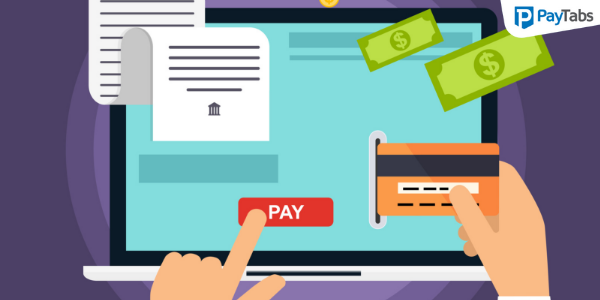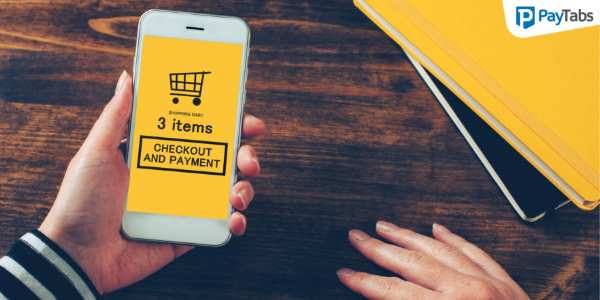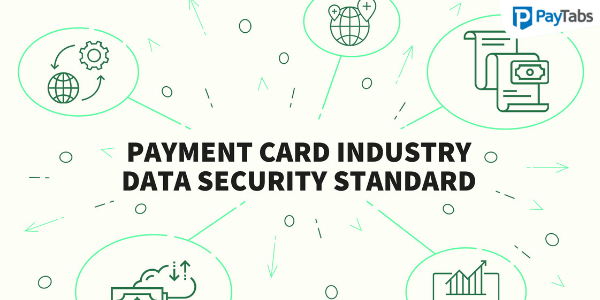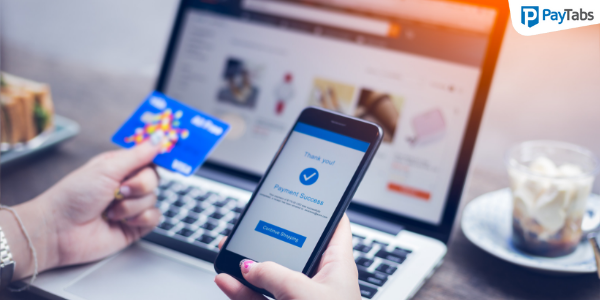Key Points to Know Before Integrating a Payment Gateway into Your Website

More people are now shopping online and as an online business owner, you have to make a smart move to provide a seamless checkout process. Many shoppers abandon their shopping carts just before completing the purchase if they encounter problems with the payment process. It is critical that you provide a seamless and convenient payment process by working with a reputed payment system provider. You have to learn how to integrate a payment gateway into your e-store as this is a major step in improving user experience at your e-store. With the right payment network in place, your customers will enjoy quick and secure payments, which will in turn lead to higher sales conversion, reduced cart abandonment and increased customer loyalty.
There are multiple payment gateways in the market and choosing one may seem like an overwhelming task. To make the right decision, you should consider the following factors before integrating the payment system into your e-store. Read on.
- Processing Speed
If you want to tap into the fast-growing e-commerce industry, you have to provide the best customer experience through a quick and painless checkout process. The gateway you choose for processing your payments should be fast in order to provide a seamless user experience.
If your customers experience hiccups when making payments, they will most likely abandon their carts and move to your competitors. To avoid this, evaluate the processing speed of the payment system; query the provider’s downtime and contingency plan.
- Security
One of the greatest concerns in online shopping revolves around safety in transactions. Many businesses and customers have suffered losses due to fraud and these go into billions every year. When choosing a payment gateway, evaluate the security levels offered to protect your customers’ sensitive data. Failure to do this will lead to loss of customer trust, business losses, and hefty fines from the regulatory authorities among other devastation consequences. The provider should guarantee encryption of all transactions during payment transit and storage.
- Consider the Terms and Conditions (T&Cs)
Many business owners have suffered irreparable damage due to the purchase of services without reading the terms and conditions (T& Cs). When purchasing a gateway to process your online payments, you have to read every item in the terms and conditions list to avoid surprises along the way.
Pay careful attention to the small print because otherwise, it could lead to business losses in the future. Look for contract issues such as software integration fees, processing volume requirements, transaction fees, monthly fees, early termination fees, minimum fees, fraud software fees, etc. Ask for clarification before signing on the dotted line.
- Multiple Payment Options
There’s no compromise when it comes to accepting multiple payments at your e-store. The best payment network must support such needs as more customers now go for alternative payment options other than credit cards.
- PCI-DSS (Payment Card Industry-Data Security Standard) compliance
Another crucial factor to consider when shopping for payment gateways is PCI-DSS compliance. These standards guarantee the system is safe and secure. You will not have to worry about data breaches, data loss, and fraud among other online data handling problems. With the PCI-DSS compliance badge on your website, it is easy to win and retain customer loyalty which is the aim of every business owner.
- Flexibility
Every business has unique needs and when shopping for payment gateways, you have to identify a system that is compatible with your e-store needs. Consider whether the system you choose is flexible enough to adapt to the specific needs of your business, adapt to the programming language of your site, and to process all global currencies you need for your business among other things. Look for a flexible payment processing platform which you can adapt to suit your business needs.
These are only a few of the crucial factors to consider before integrating a gateway for payments to your website. It is also important to consider technical support from the provider, ease of technical integration, reporting features, UI and usability, built-in invoicing capabilities, and fraud detection and other security features.




